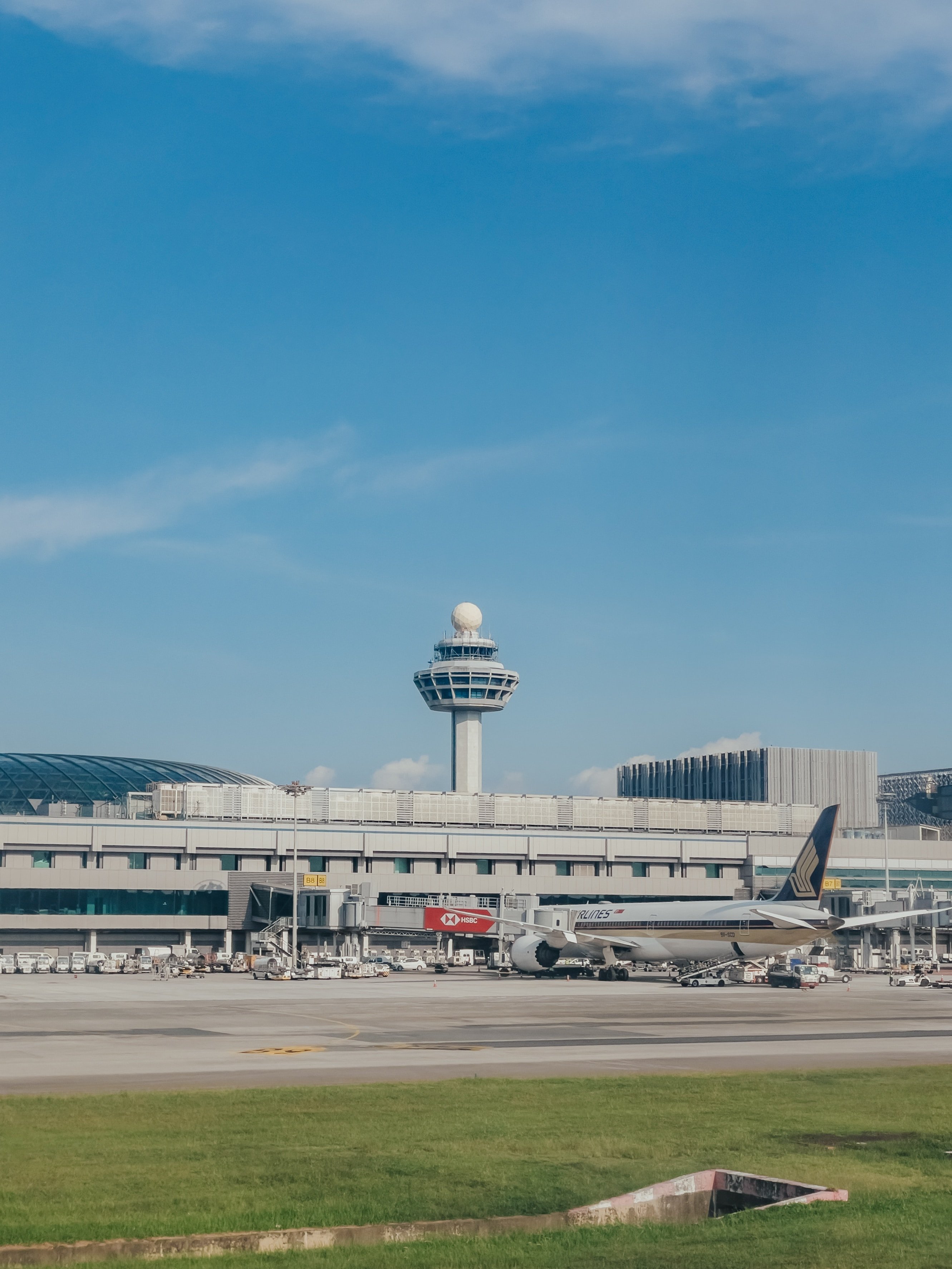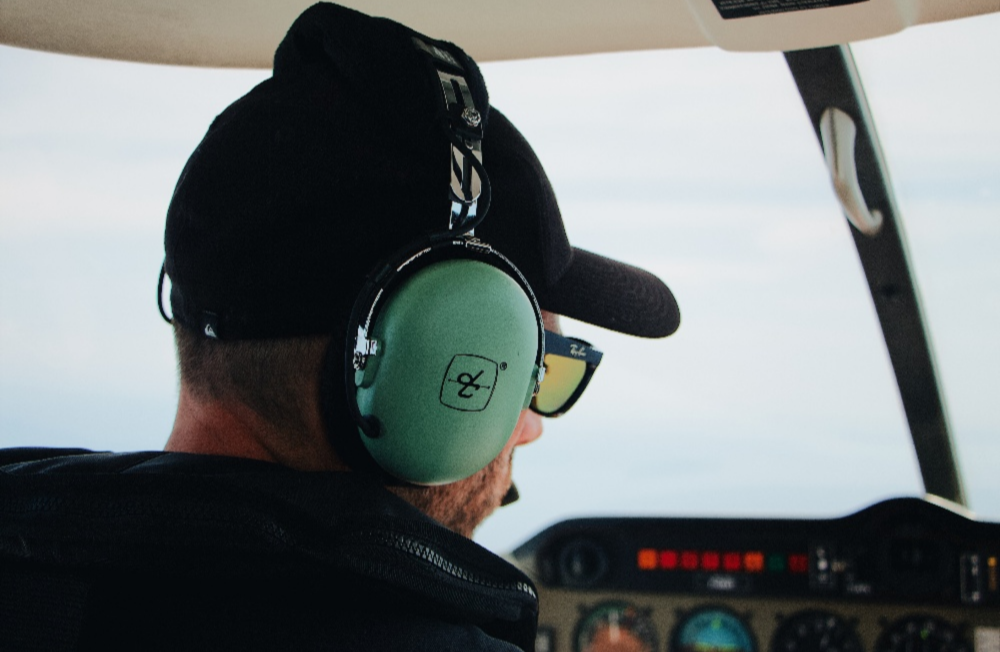Pilot Proficiency: You Still Have the Controls
Who could forget that moment? Soaring through the bright blue sky, heart racing, you hear your flight instructor say those magic words for the first time: “You have the controls.”
As years pass and ratings amass, you likely recall that memory fondly from time to time. But do you remember the lesson?
Taking the controls of an airplane for the first time is a rite of passage that signifies the responsibility you carry with you for as long as you are a certificated pilot. At that moment, your flight instructor passes onto you the accountability for lifelong learning, improvement, sound judgment, and safety.
These characteristics make up a small portion of this nebulous thing we call proficiency — which is an essential item left off far too many preflight checklists in general aviation. While most GA pilots understand the need for proficiency, accident statistics (and probable causes) suggest that something continues to stand in the way of us gaining and maintaining it.
To understand why, we first must get to the bottom of measuring proficiency — which is easier said than done.
Let’s look at an example.
- Pilots who hone their skills recovering from a power-on stall so expertly that the ball never wavers and their altitude barely changes can be said to be proficient in power-on stall recoveries that they intentionally perform. In other words, if they know a stall is coming, they have the stick and rudder skills to perform the recovery extremely well.
- Pilots who hone their skills and experience to safely recover from an inadvertent departure stall close to the ground can be said to be proficient in power-on stall recoveries that surprise them — and in remaining calm in a crisis. That is a big difference compared to recovering from an intentional stall performed in training.
- Pilots who hone their skills to avoid distractions that could lead to a departure stall in the first place can be said to be proficient in situational awareness and in adhering to procedures (such as maintaining a sterile cockpit). Regardless of their recovery skills from a practice stall or an unintentional departure stall, they are adept at creating circumstances that result in a safe flight.
If we stop here and ask three different pilots what defines proficiency based on this example, you will get three different answers. You can go crazy debating other pilots about how not getting into a departure stall in the first place is the most critical factor. While another pilot might respond by saying you cannot ensure it will never happen to you, and thus you should emphasize detection and recovery skills above all else.
In reality, all and none of these scenarios determine proficiency. Alone, they represent components of a proficient pilot, where absent the other components a pilot will only appear proficient based on the scenario. Together, they start to paint a comprehensive portrait of proficiency in which a pilot has the knowledge and skills to operate safely and effectively despite the scenario. The latter is the standard you should hold yourself to in the flight deck.
This type of comprehensive proficiency is challenging to achieve. Traditional proficiency courses and workshops can help you refresh your knowledge and skills, but even they can fail to identify and address the weakest areas of your flying to ensure you are prepared for any scenario. As the pilot in command, you need to take it upon yourself to uncover those areas for improvement. Fortunately, a few proven steps can help you begin to find your weakest links and develop the proficiency you need for a safe flight every time.
.png?width=2546&name=Redbird%20Pro%20on%20iPad%20and%20iPhone%20(3).png) Redbird Pro is a new app for Apple and Android devices that constantly measures your knowledge and skills in nine key areas of proficiency to generate a personalized training plan full of articles, quizzes, and flight simulator scenarios that address the weakest parts of your flying.
Redbird Pro is a new app for Apple and Android devices that constantly measures your knowledge and skills in nine key areas of proficiency to generate a personalized training plan full of articles, quizzes, and flight simulator scenarios that address the weakest parts of your flying.
Fly Often
Flying is not like riding a bicycle; you cannot just stop for a few months then hop back on for a lovely ride down a tree-filled lane with your family. Flying is more like speaking a foreign language. If you learn German to the point of fluency but then stop speaking German for a few years, you will find yourself struggling to keep up in conversation when suddenly confronted with a business associate from Düsseldorf.
As we are all too painfully aware, the consequences of returning to the flight deck after an extended leave can be harsher. Recency is arguably the most critical component of proficiency because it enables you to understand your abilities and limitations at a moment in time, adjust your minimums accordingly, and operate safely and effectively within them.
Aim for Perfection With Every Flight
Whoever said “practice makes perfect” perfectly misled you. Practice is important, but only if you are paying attention while practicing and trying to achieve a next-level goal you have set for yourself. Let’s say the last time you went flying, you really botched the landing — and by “botched” I mean the other pilots at the BBQ fly-in would not make eye contact when you got in line for ribs. They did not want to embarrass you by admitting they saw your triple-bounce side-loading skid of a landing in a gentle five-knot crosswind.
Okay, there is actually no sin in that. The sin occurs if you do not dedicate yourself to analyzing and addressing the causes of your less-than-stellar landing. Perhaps you need to read up on crosswind technique (assuming your technique is what caused the problem), followed by a healthy amount of practice until you are consistently greasing it on.
Part of aiming for perfection also is understanding that you will never reach it. There is a reason pilots with between 100 and 400 hours of total time tend to crash more airplanes than newly certificated pilots. The former starts to develop confidence in their abilities without understanding what true proficiency looks like; the latter understands they are still working toward proficiency.
Do not forget: We are all working toward proficiency. As soon as you feel perfect in the left seat, you need to mix up your training.
Scenario-based training in a flight simulator is indispensable for helping you understand what you should work on next. You may feel that you have mastered crosswind technique, but an unfamiliar runway, slope, approach, or obstacle can get in the way of a safe landing. Scenario-based training helps you identify where your technique still needs work and how you should adjust your minimums — and your flying — until you have addressed those areas.
.jpg?width=2000&name=Pilot%20flying%20Redbird%20LD%20(2).jpg)
A pilot flying a scenario on a Redbird LD flight simulator.
Always Be Learning
We tend to think of training time as rigid thirty-minute or hour-long blocks with a flight instructor, and — if we cannot get to the airport — we cannot train at all. Yet taking a few minutes out of a busy day to read an article still makes you a better pilot. Consistency is most important.
In addition to reading pilot magazines, you can read, watch, and listen to content from reputable sources online. E-learning is a great way to keep the knowledge you already have fresh while expanding your exploration and understanding as a pilot.
If you are not used to learning this way consistently, a few simple steps can help you start and sustain the habit.
- Identify a time when you like to learn and set a reminder to get started. It is okay to reschedule for later in the day, but make it a conscious decision.
- Ditch the “all or nothing” mentality. Steady improvement is an effective way to prevent burnout. Focus your learning on one area at a time and keep the time you dedicate to it manageable.
After a few weeks, you will find that taking a few extra minutes out of your day to become a better pilot is second nature.
So, back to the departure stall. Imagine that you find yourself in that situation right now — right this second. Remember that feeling.
Now, imagine it is happening, but for the past three months, you have flown often, aimed for perfection with each flight, and spent a little dedicated time each week learning. How is that feeling compared to the first feeling?
Either way, you have the controls. Your flight instructor passed along the responsibility to gain and maintain proficiency, but only because s/he knows you have the ability to do so. What you do with it is up to you — and you alone.
Share this
You May Also Like
These Related Articles
-1.jpeg)
Streamline Glass Cockpit Transitions in a Flight Sim

ATC Light Gun Signals: What You Need To See and Know
